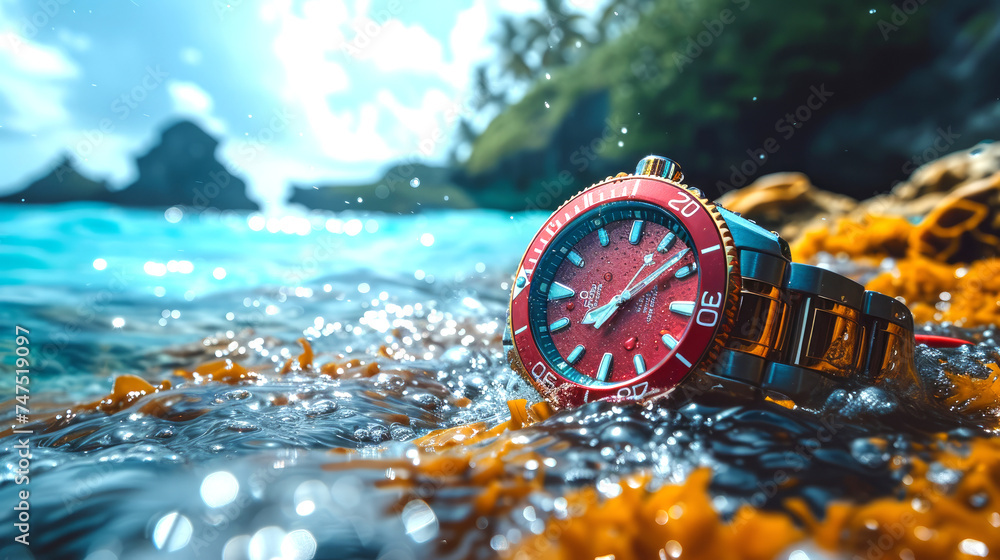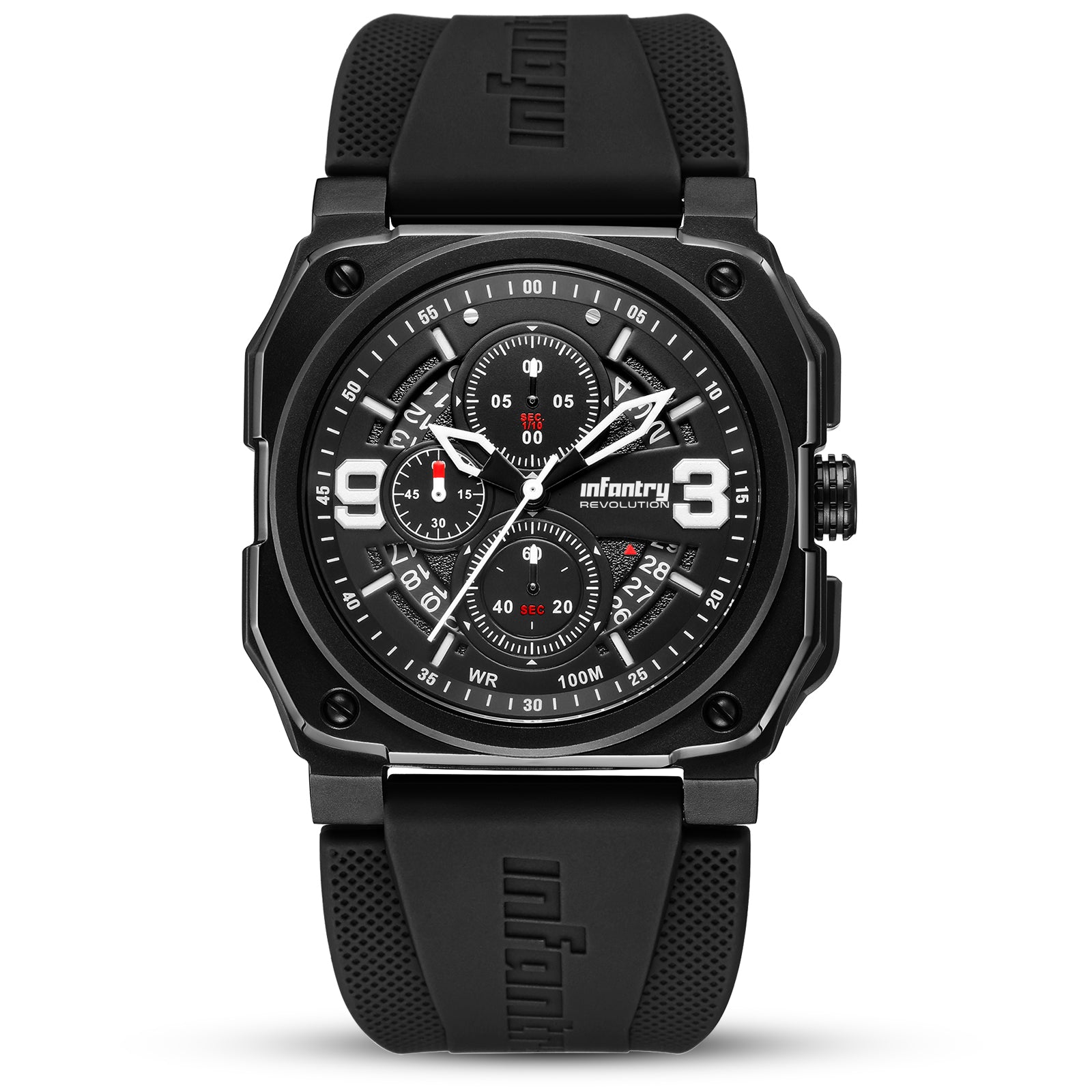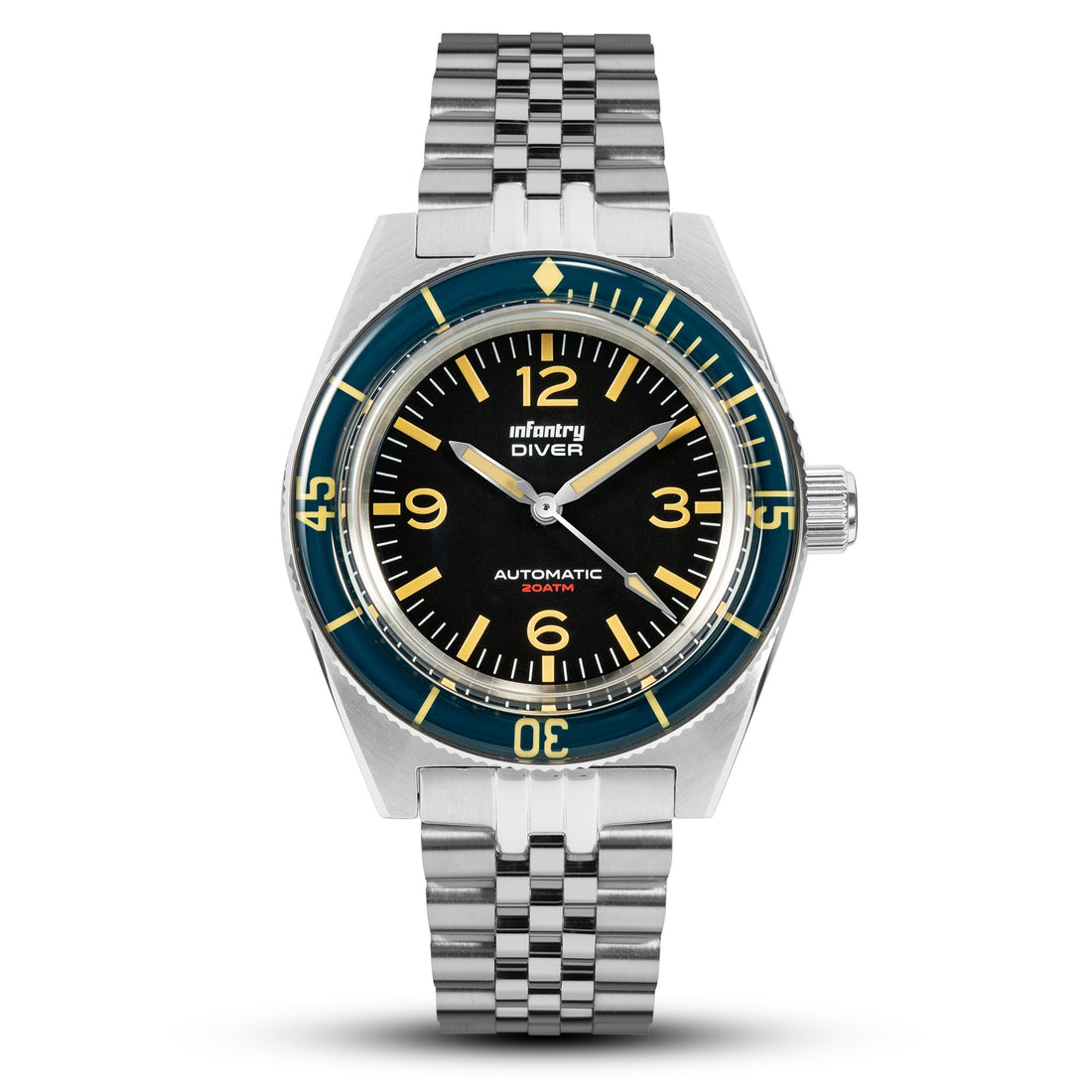Many people assume that a waterproof watch can be submerged in water without any issues, especially when labeled with "30 meters" (3ATM/3BAR). However, they often find that their "waterproof" watch lets in water, leading to confusion and disappointment. Is the waterproof label just a guideline? How can we differentiate between the various levels of water resistance in watches to ensure safe use while swimming or snorkeling?
Understanding Water Resistance Labels
The water resistance of a watch relies on the specifications of the seals around the crystal, case back, and crown. Watches with this feature will have "WATER RESISTANT" or "WATER PROOF" marked on the case back, along with depth indicators such as "5ATM" or "10BAR". If only "Water Resistant" is displayed without a numerical value, it means the watch meets the minimum international standard of 20 meters (2ATM/2BAR). If no markings are present, the watch is not water-resistant.
The units "ATM" (standard atmosphere) and "BAR" are used for measuring water resistance because, from a physical standpoint, every 10 meters of water depth adds 1 atmosphere of pressure. Since watches are tested for water resistance under pressure, these values are used to indicate the depth at which a watch can withstand water pressure.
Differentiating Water Resistance Levels
Understanding the meaning of these units raises another question: Can a watch labeled as water-resistant to 30 meters (3ATM/3BAR) be worn while swimming or diving? The answer is no. The water resistance rating is based on tests conducted at 20-25 degrees Celsius with both the watch and water in a static state. It does not imply that the watch can be used for underwater activities at the indicated depths.
Here are the various water resistance levels for reference:
- Sweat Resistant: Only protects against sweat, not water.
- Daily Water Resistance: Includes general water resistance, 30 meters (3BAR /3ATM), and 50 meters (5BAR /5ATM). These watches can withstand splashes, rain, and minor exposure to cold water but are not suitable for swimming or bathing.
- 100 meters (10BAR /10ATM): Suitable for swimming, snorkeling, and immersion in water, but not for deep-sea diving or high-speed water sports.
- 200 meters (20BAR /20ATM), 300 meters (30BAR /30ATM): These are professional-grade water-resistant watches suitable for deep-sea diving and high-speed water sports but do not guarantee protection at the exact depths indicated.
- 500 meters (50BAR /50ATM): This level is considered entry-level for diving watches. However, it still doesn't ensure protection at 500 meters of depth.
Due to common misconceptions between the water resistance markings and actual capabilities, it is crucial to inquire about the specific water resistance standards when purchasing a watch to avoid any water damage due to misuse.
Key Points to Remember
- Always check the specific water resistance rating and understand its limitations.
- Avoid exposing watches to water activities beyond their rated capabilities.
- Professional-grade water-resistant watches offer better protection but still have limits. 
Knowing these distinctions can help you choose the right watch for your needs and ensure its longevity and functionality.
**Please verify product functions or services directly with the provider. This article does not offer after-sales support.














